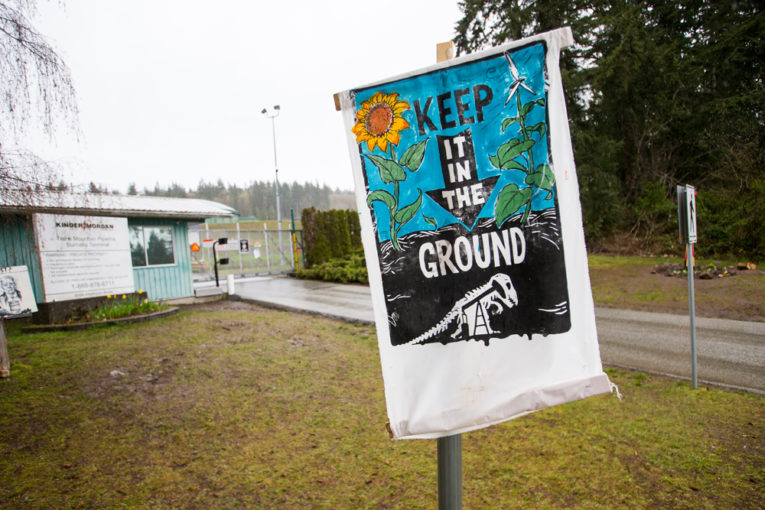
CALGARY – The Canadian oil and gas industry will need more pipeline capacity than what is currently under development to meet even its most modest growth projections, but attitudes toward new pipelines are shifting and the energy industry needs to reposition itself to keep pace.
“The debate is still very hot around the need to have more pipelines,” said Canadian Energy Pipeline Association president and CEO Chris Bloomer as his industry group of pipeline companies released its annual report card on pipeline spills in the country.
Bloomer said the debate about pipelines has largely moved from one focused on whether they are safer than moving on railway cars to one focused on climate change. “The industry needs to change the way it addresses the polarization,” he said.
In the past, pipeline opponents were described as NIMBYs, or people who would say ‘not in my backyard’ to a pipeline project. Now, groups opposing pipelines are described with a new acronym, NOPE — which means ‘not on planet Earth.’
“We need this industry to grow and that’s where the rub comes,” he said.
The stakes are high for the oil and gas industry. In order to meet even the most modest projections for growth, Canadian oil producers will need more than the 590,000-barrels-per-day Trans Mountain Expansion project, the 830,000-bpd Keystone XL pipeline and the 370,000 bpd Line 3 replacement project.
The Canadian Association of Petroleum Producers’ most recent annual forecast projects the domestic oil industry will produce 5.86 million barrels of oil per day in 2035, up from 4.6 million bpd in 2018.
That’s a more modest projection than the Canada Energy Regulator, which estimated Canadian oil production would reach 6.9 million bpd in 2040 in its base case but that could rise to 9.1 million bpd in a scenario where oil prices rise higher than expected.
Right now, the Canadian oil industry produces more than can fit into its pipeline network. The most recent data from the CER shows that 310,000 barrels of oil per day were exported from Canada on railway cars in August, the last month for which data is available.
CER data also shows the domestic oil industry will produce 4.7 million barrels per day at the end of this year. But that number is lower than the industry’s production capacity as the government of Alberta has also imposed production limits on its largest companies to prop up prices. Alberta’s production is capped at 3.81 million bpd for the last month of the year.
As it continues to make the case for more pipelines in Canada, CEPA released its annual pipeline performance report on Wednesday, which showed the total number of incidents such as spills, ruptures or cracks had held steady between 2017 and 2018 at 19 total incidents across the country’s oil and gas pipeline networks. Those incidents released a total of 116 million cubic feet of natural gas into the atmosphere and 175 barrels of oil, of which 164 barrels were recovered.
With respect to emissions, the industry group says pipelines contribute to 1 per cent of Canada’s total emissions. The upstream oil and gas industry contributes 22 per cent of the greenhouse gas emissions in the country.
While the total number of incidents held steady, the report shows the number of “significant incidents” increased from three to six. Five of the six incidents were on natural gas pipelines and the last big event was on an oil pipeline that caused 113 barrels to spill, all of which was recovered.
CEPA defines a significant incident as a leak of more than 50 barrels of oil or other liquid hydrocarbon, an unintentional fire or a rupture of a pipeline.
Bloomer said that three of the significant incidents resulted from third-parties like contractors accidentally striking a pipeline, and added that the pipeline industry is focused on reducing those types of incidents.
• Email:
You can read more of the news on source
